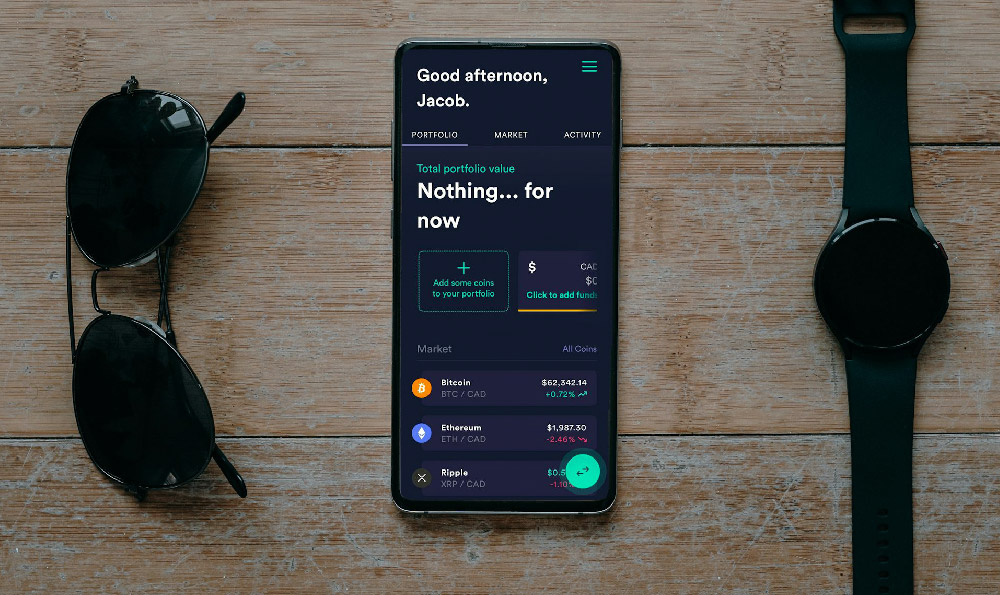Part Time Job Work Hours: Average Weekly Duration for Flexible Employment
In the modern workforce, the proliferation of part-time job opportunities has reshaped traditional employment models, offering individuals greater flexibility to balance personal commitments with financial goals. However, the question of average weekly work hours for such roles remains complex, as it is influenced by a multitude of factors ranging from geographic location and economic conditions to the nature of the industry and the specific needs of both employers and employees. While some people may assume that part-time work equates to a strictly defined time frame, the reality is more nuanced. In many cases, the flexibility of part-time employment allows for varied schedules that can be tailored to personal circumstances, yet understanding the typical duration of these roles can help in making informed decisions about how to allocate time and resources effectively for financial planning.
For instance, in countries like the United States, part-time workers often average around 20 hours per week, according to the Bureau of Labor Statistics. This figure, however, can fluctuate based on regional labor market dynamics. In urban areas where full-time employment is more competitive, some individuals might opt for shorter part-time hours to maintain a balance between work and other priorities, such as education or family responsibilities. Meanwhile, in regions where full-time jobs are scarce, part-time positions may require longer working hours to ensure stable income, often pushing the limit beyond the standard 20. The intersection of economic instability and the gig economy has further complicated this landscape, with some workers in precarious situations settling for roles that demand significantly more time, despite the lack of formal employment contracts.
The nature of the industry also plays a critical role in determining the typical work hours for part-time positions. In the retail sector, for example, most part-time workers are employed for between 15 to 25 hours per week, aligning with the demands of store operations during peak seasons. This pattern is often amplified by the unpredictable nature of consumer behavior and holiday shopping periods, which require temporary staff augmentation. Conversely, in fields such as healthcare or education, part-time roles may be structured differently. Healthcare professionals might work 15 to 20 hours weekly to accommodate their full-time obligations, while educators could have part-time teaching schedules that vary depending on the institution's needs and the individual's availability. These discrepancies highlight how the flexibility inherent in part-time employment can manifest differently across sectors, often designed to complement rather than replace traditional working arrangements.

The concept of time flexibility is further challenged by the increasing demand for "flexible employment" in the digital age. Remote work, freelance gigs, and contract-based roles have blurred the boundaries between part-time and full-time employment, as workers can now manage their hours in ways previously unimaginable. For instance, a freelance graphic designer might work 10 hours per week for a few months, followed by a more intensive 30-hour schedule during project deadlines. Similarly, a remote software developer could structure their work around personal productivity cycles, working 15 hours on weekdays and 5 hours on weekends. These examples illustrate the spectrum of time flexibility available in contemporary part-time work, where the traditional constraints of fixed hours are often replaced by a more personalized approach to time management.
The average work hours for part-time jobs are also influenced by the individual's financial and personal objectives. For students balancing academic pursuits with the need to earn money, some might prefer 15 to 20 hours per week to ensure they have enough time for studies and social activities. Conversely, someone seeking to supplement their income without disrupting their primary job might opt for a more modest schedule, such as 10 to 15 hours weekly. In contrast, individuals with caregiving responsibilities might require longer hours to cover shifts that align with their family's schedule, potentially exceeding 25 hours per week. These variations underscore the importance of aligning part-time work with personal financial planning, ensuring that time commitments do not compromise other life priorities.
Moreover, the rise of the gig economy has introduced a new dimension to part-time work. Platforms such as Uber, Fiverr, or Upwork have enabled individuals to take on temporary roles that can range from a few hours to full-time, depending on their availability and the platform’s demand. While this offers unparalleled flexibility, it can also lead to irregular income streams, making it essential for individuals to manage their financial resources carefully. In this context, the average work hours for part-time jobs may not be as relevant as the ability to manage income volatility, which requires a strategic approach to budgeting and saving.
In conclusion, while there is no universal standard for the average weekly work hours in part-time jobs, the trend towards flexible employment has created a diverse range of time commitments that can be customized to individual needs. Understanding these variations is crucial for anyone seeking to balance work with financial goals, as it allows for a more informed approach to time management and resource allocation. Whether it's the structured shifts of a retail job or the unpredictable demands of a gig economy role, the key lies in aligning work hours with personal objectives, ensuring that financial stability and flexibility are achieved in harmony. By carefully evaluating the opportunities available and tailoring their schedules accordingly, individuals can navigate the complexities of part-time work with confidence, paving the way for sustainable financial growth and a more balanced lifestyle.















